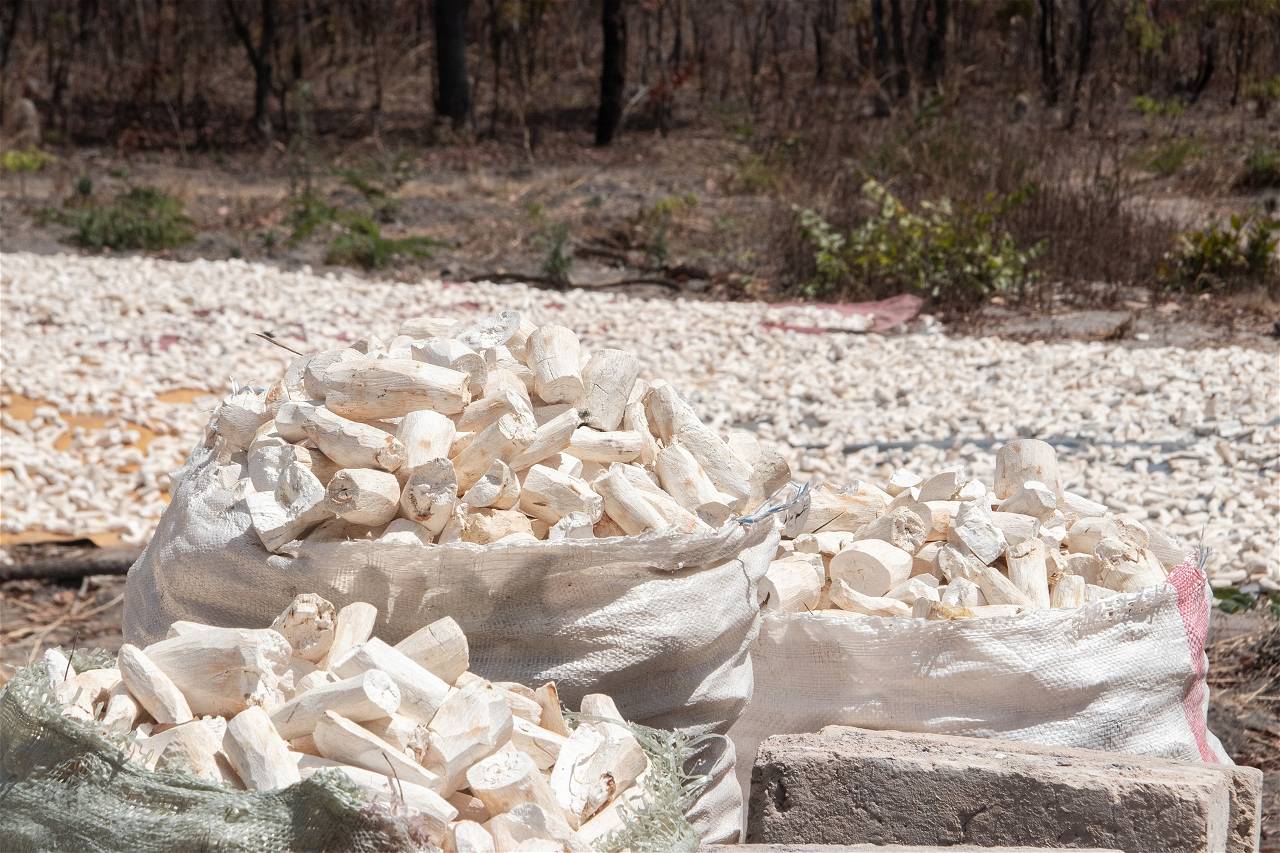
The world needs alternatives to fuel energy. There will be a day when fuels will vanish from the Earth. We urgently need a renewable source of energy for fuels. In this context, ICAR-CTCRI (Central Tuber Crops Research Institute) has been doing research and has found out that cassava or tapioca is a promising biofuel crop. It can pose as a great raw material for production of bioethanol to meet the 2025 target of India’s Ethanol Blending Petrol Program.
According to a statement by the Principal Scientist of ICAR-CTCRI’s Crop Utilization Division, cassava is a highly starchy tuber. It is also a low maintenance crop. Its potential to be a good bioethanol source is recognized globally.
How Tapioca/cassava is better than sugarcane?
Starch in cassava features unique physic-chemical and functional traits, which have extensive food and industrial applications.
Cassava’s peels, leaves, and stems carry a potential for 2G bioethanol production.
Production of cassava or tapioca is estimated at 4.98 million tonnes. Major producers are Tamil Nadu and Kerala. Nowadays, part of Maharashtra are also looking into tapioca cultivation to meet the anticipated expand in the demand for starch.
National Policy on Biofuels
As per National Policy on Biofuels 2018, sugarcane juice, molasses, biomass in the form of agricultural wastes and grasses, sugar-containing materials like sweet sorghum, sweet beet, and others, plus starch-containing materials like cassava, corn, rotten potatoes, and damaged foodgrains serve as potential materials for ethanol production and can meet the demand of biofuels.

The target for India is to produce 1016 crore liters of ethanol for its blending program. This is apart from the 334 crore liters for other applications, which comes as a part of Ethanol Blending Petrol Program target of 2025.
However, the present ethanol production capacity from sugarcane-based distilleries stands at 426 crore liters and from grain-based distilleries stands at 258 crore liters.
So, there is a huge gap between the demand the supply.
This may be a matter of concern, but a ray of hope lies in the fact that Kerala has a glut of tubers thanks to the widespread cultivation of tapioca under the Subiksha Keralam Project.
This glut can now be converted into an advantage by utilizing the tubers for ethanol production. In addition, the Kerala government is mulling over the idea of producing alcohol from cassava!

















